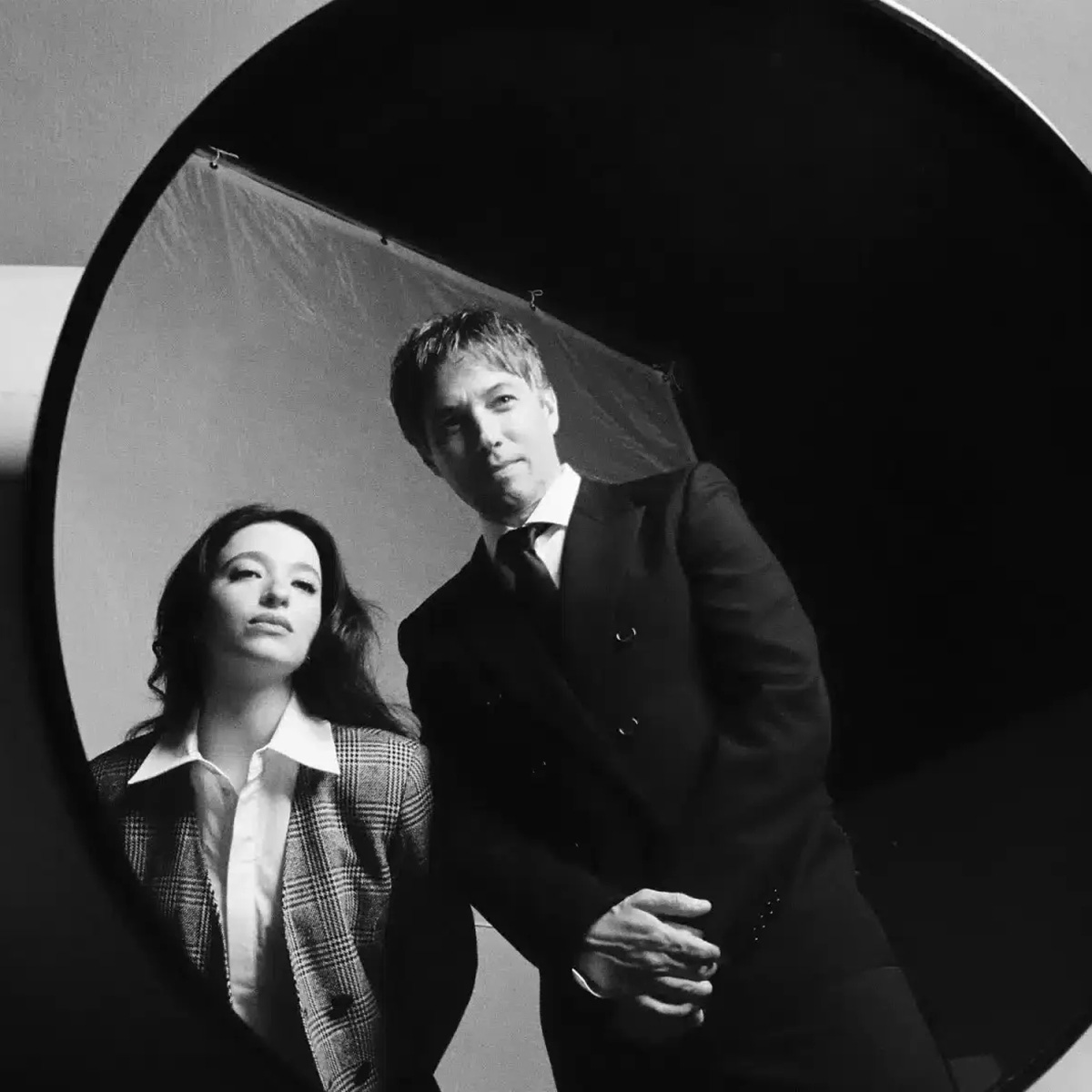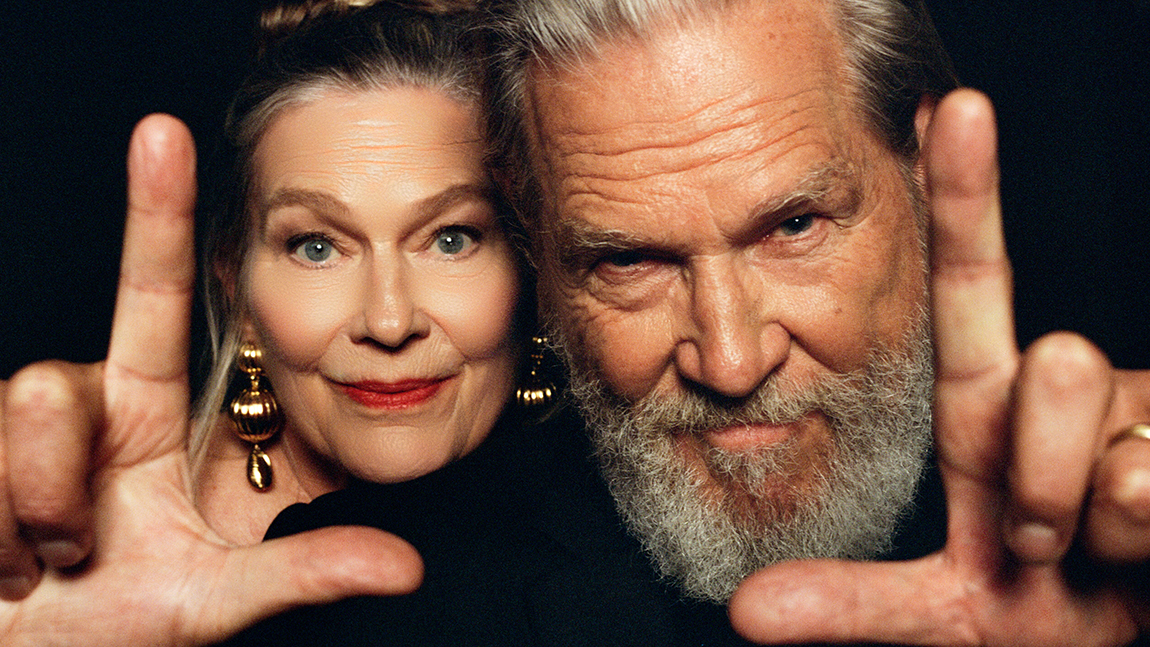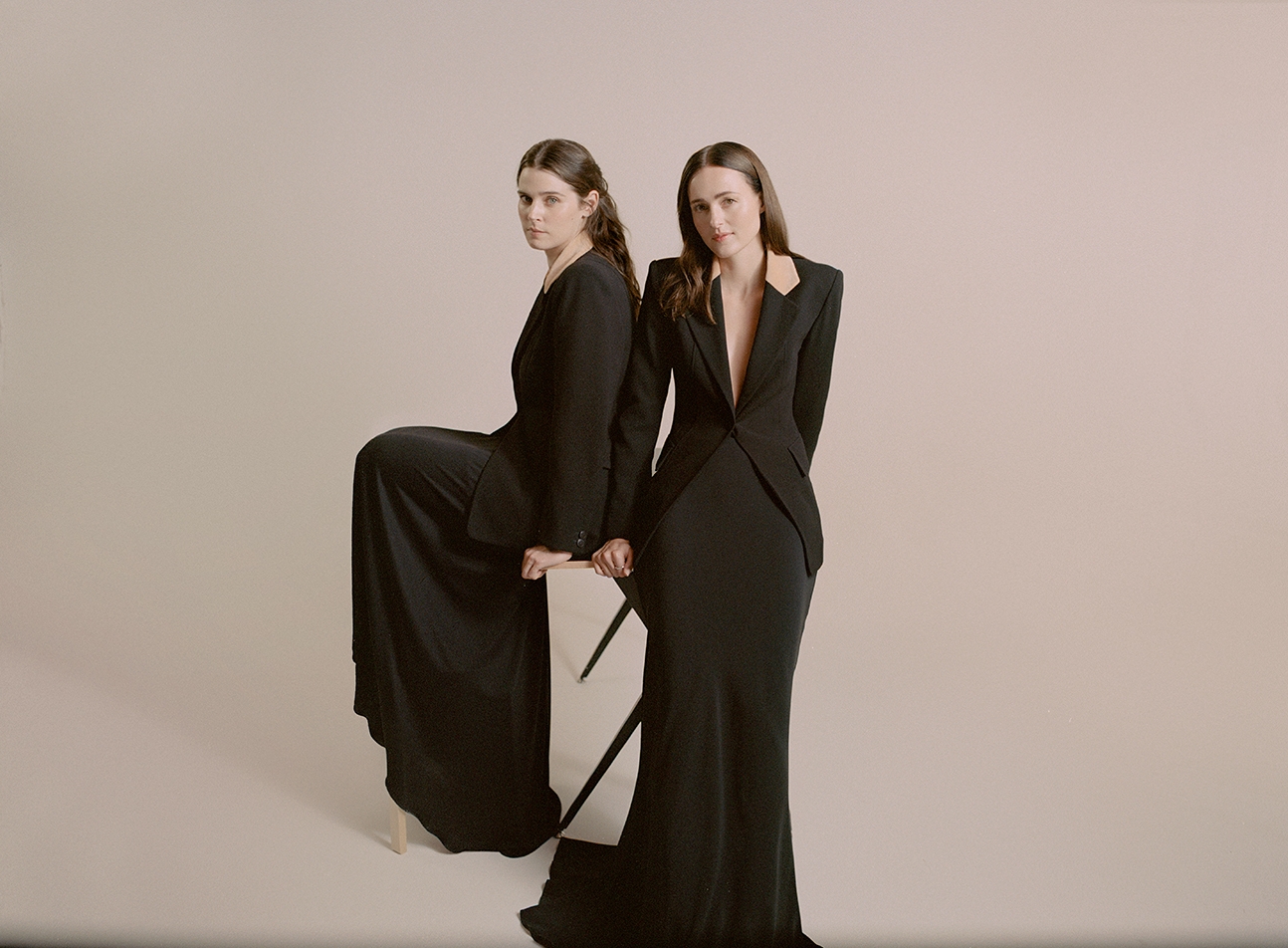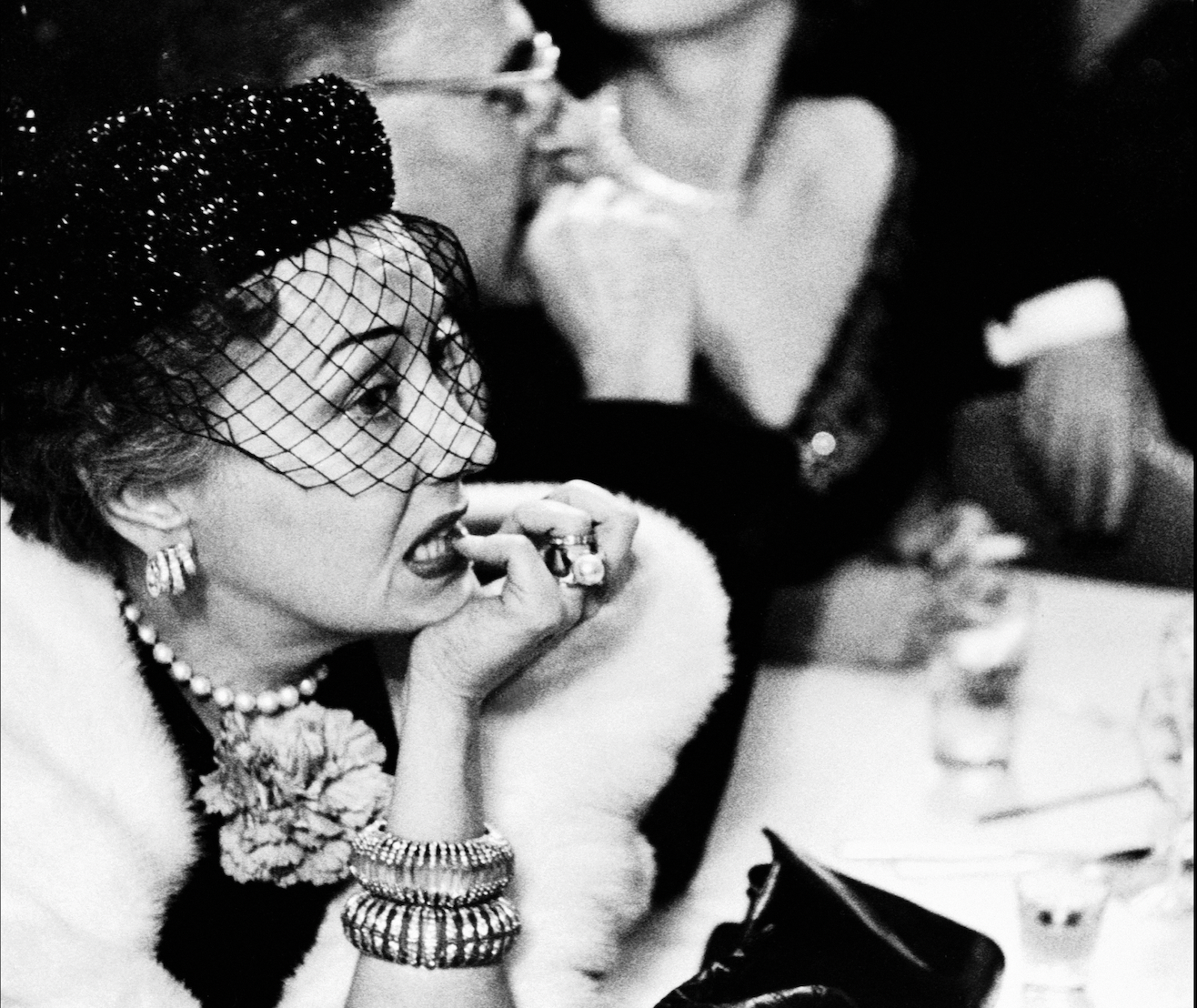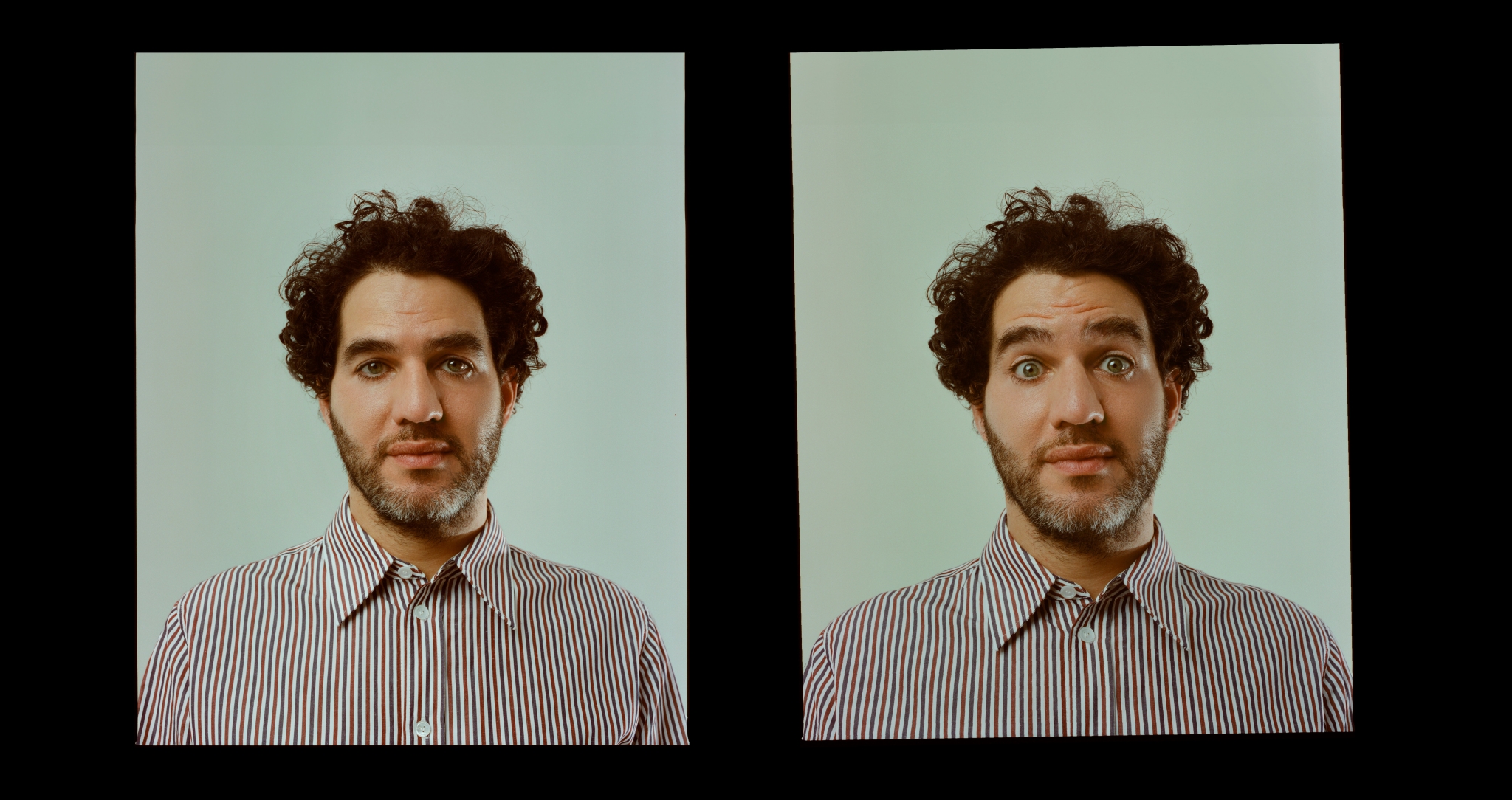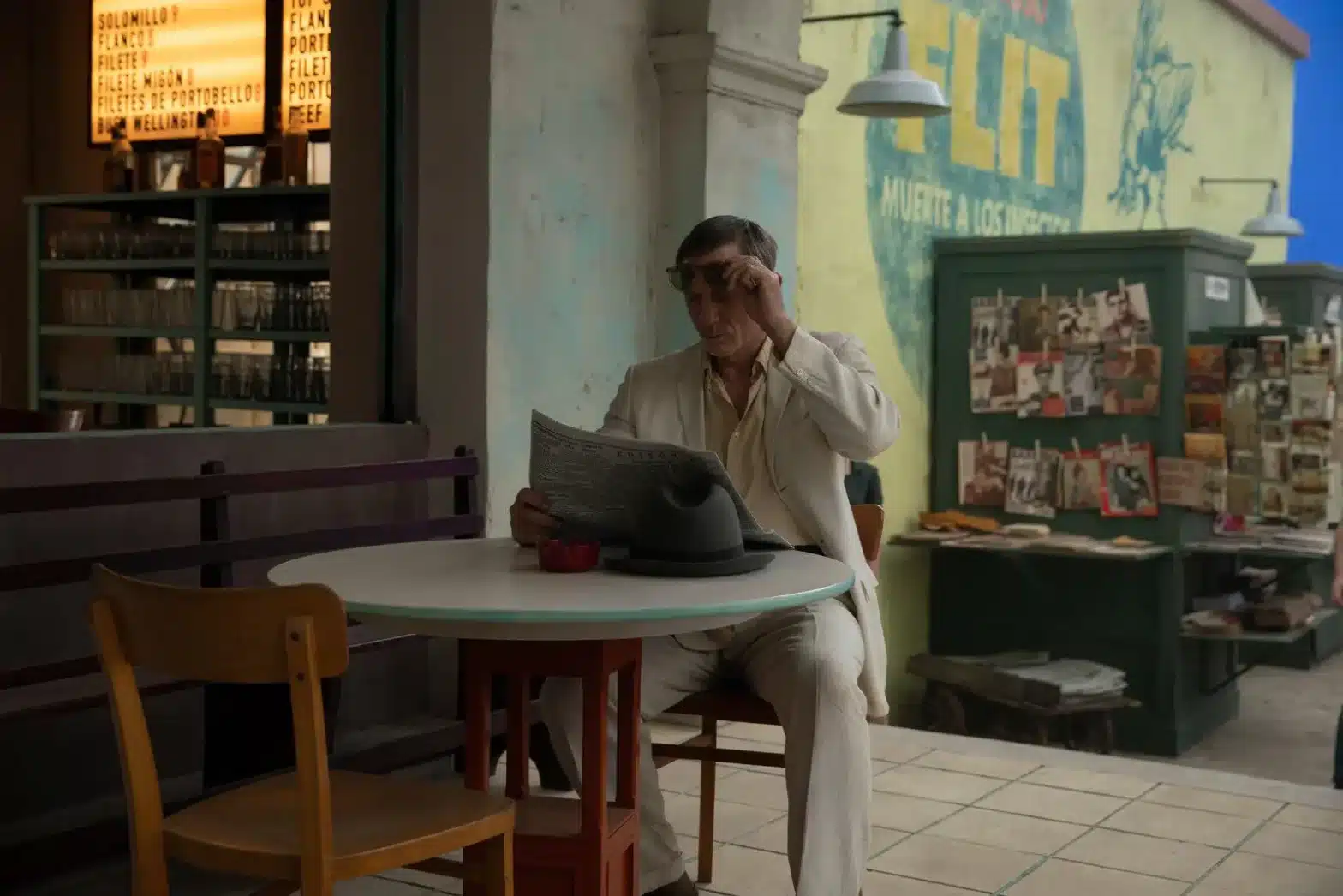
Adapting William S. Burroughs Luca Guadagnino’s erotic follow up to Challengers stars Daniel Craig as a Midwestern in Mexico City in search of a high.
Sorry Daniel Craig, the true star of Luca Guadagnino’s Queer—a sweaty, imperfect adaptation of William S. Burrough’s infamous autofictional novel—may be Jonathan Anderson. The new film marks the second collaboration between the Italian filmmaker and the creative director of Loewe and eponymous label JW Anderson, the first being Guadagnino’s Challengers, the horny tennis-themed movie that produced a prim set of accented Uniqlo-brand sportswear, a branded pullover featuring a blue-green racket design, and a grey block-text graphic tee. You know the one.
Our protagonist, Midwestern expat William Lee, is afforded a snappy suit in pale linen that may even rival Josh O’Connor’s iconic La Chimera look, but it is the youthful object of his affections, Eugene Allerton (Drew Starkey) who sports the film’s most striking designs—a sharp harrington jacket in a deep royal purple, a short-sleeved baby blue button-up with a sheer, gauzy back. His gold centipede pendant, with a single in-set ruby, recalls a fascination with the naturalistic and verminous that has characterised many of Anderson’s accessories of late. The viral heirloom tomato clutch for example, the house’s infamous frog clogs, or its plastic pigeon purse.
But beguiling sartorial choices do not make a movie good. Queer struggles to change pace from its languid first act set in 1950s Mexico City, where Lee is living large on a modest trust fund, bedding his way through its inhabitants while sucking down mezcals and nursing a growing opiate addiction. The film opens on a rumpled mattress, filling in the blanks of Lee’s personality through a series of still lives: there are sunbaked maps, ashtrays full of cigarette butts, an ornate chessboard and, of course, a variety of injection drug paraphernalia.
For a story that is primarily a character study, we are granted precious little insight into our protagonist’s inner life. But Craig is convincing enough as Lee, a sweaty, lecherous loafer trying his hardest to satisfy his many alternating proclivities. Composed by Trent Reznor and Atticus Ross (who also worked on Challengers), the movie’s anachronistic score—which includes Nirvana’s ‘Come As You Are’, ‘All Apologies’ and ‘Musicology’ by Prince—shoots some requisite rock ‘n’ roll into the sex and drugs on display.
Lee becomes obsessed with obtaining a mythical high from Ecuador, a mysterious drug known as yagé, or ayahuasca. He convinces Allerton to travel with him, and the pair brave a treacherous tropical jungle in order to get Dr. Cotter (Lesley Manville) to let them sample the fabled psychedelic. Another doctor they encounter admonishes Lee about treating yagé too casually or taking it for recreational purposes, describing the drug as “a mirror.” “You may not like what you see,” he warns. The hallucinogenic brew is prepared soon after, and a CGI-filled trip sequence ensues, each fantastical image more discomfiting than the last.
Though Guadagnino doesn’t shy away from the sex that is only ever implied in works like Call Me By Your Name and (arguably) Challengers, these scenes aren’t as hot as they are tense, a taut sense of longing animating each illicit, neon-hued interaction. But something is off. Critics have written that the film feels emotionally constipated, that it may be one of Guadagnino’s “least interesting and most ill-disciplined,” noting a “plastic, stylized artificiality” in its sexual depictions.
“Even at their horniest,” writes Leonardo Goi of The Film Stage, “[Guadagnino’s] films always struck me as oddly chaste.” This temperance is more successful in Challengers, where the characters at least have the thrust of tennis to sublimate their desires. In Queer the impulse translates to edgeless intercourse reminiscent of perfume adverts, hobbling the narrative when it should be elevating it to the point of ecstasy. Perhaps this is the logical endpoint of ‘sex sells’, where a film only needs to market itself as prurient or boundary-pushing to stake a claim to the erotic.
Ultimately, Queer is an attempt to capture the spirit and lyricism of one of America’s greatest writers. But the work of the Beat Generation is notoriously difficult to adapt; Guadagnino takes an admirable stab at it, his DOP Sayombhu Mukdeeprom evoking the lush, low-lit landscapes of Edward Hopper’s legendary realist scenes. But beneath the film’s indisputable style is little of substance and even less of eroticism. Queer is a beautiful profit-multiplier that adopts the poses of subversive cinema, offering nothing more.

